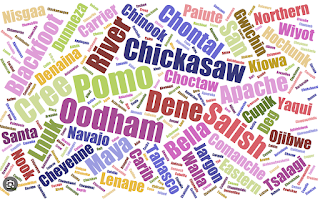Personally, I am very happy to see it. I found I did write about this subject 8 years ago in a Missive called Truth in Marketing. At that time the Mayor of Santa Fe recommended to the State Legislature a Truth in Marketing law but there has been little result.
The 1990 federal Indian Arts and Crafts Act, which addresses the issue says “It is illegal to offer or display for sale, or sell any art or craft product in a manner that falsely suggests it is Indian produced” and the penalties can be quite severe.
Unfortunately, it is rarely enforced and there are no state or city regulations against false advertising.
The issue is especially important to Santa Fe as the city depends on tourism and Native American art is a major draw, yet so many shops offer counterfeit wares.
Over half a century ago I remember a story about a Japanese town named USA where they could label their production “Made in USA”. In more recent times it is said that in China there is a town calling itself Zuni so that they can sell fetishes made at Zuni. Traditionally for the people of the pueblo of Zuni, fetishes, the small carvings made primarily from stone, have protective significance. They have also become a form of Native American art for collectors and tourists. While some made with sought-after stone like turquoise may be expensive many made by Zuni artists can be acquired for under $100.
The fake art, especially jewelry, is often cheaper because the real thing is laboriously handmade by Indian artists who depend on that income to support their families. I don’t understand why bother coming to Santa Fe if you will settle for a fake. Do people go to Paris in order to buy rip off designer couture? If you feel that your friends won’t know the difference, why not buy online? Here are some images of the real thing.
It should not be a question of “caveat emptor” but the best way to be sure of authenticity is buying from trustworthy dealers, and there are many. Ask at the museums that exhibit Native art, not for a list that they won’t give you, but for galleries you might visit to find specifically, katsinas or ceramic pots or jewelry etc.
You can also come to Santa Fe for the SWAIA Indian Market, where, on the third weekend of August, more than 200 Native American artists gather to exhibit and sell their art. Authenticity in techniques and materials is vigilantly regulated at this event. I know that when we have friends and relatives coming to town, we are very careful to tell them which shops and galleries they can trust to sell the real thing.




















